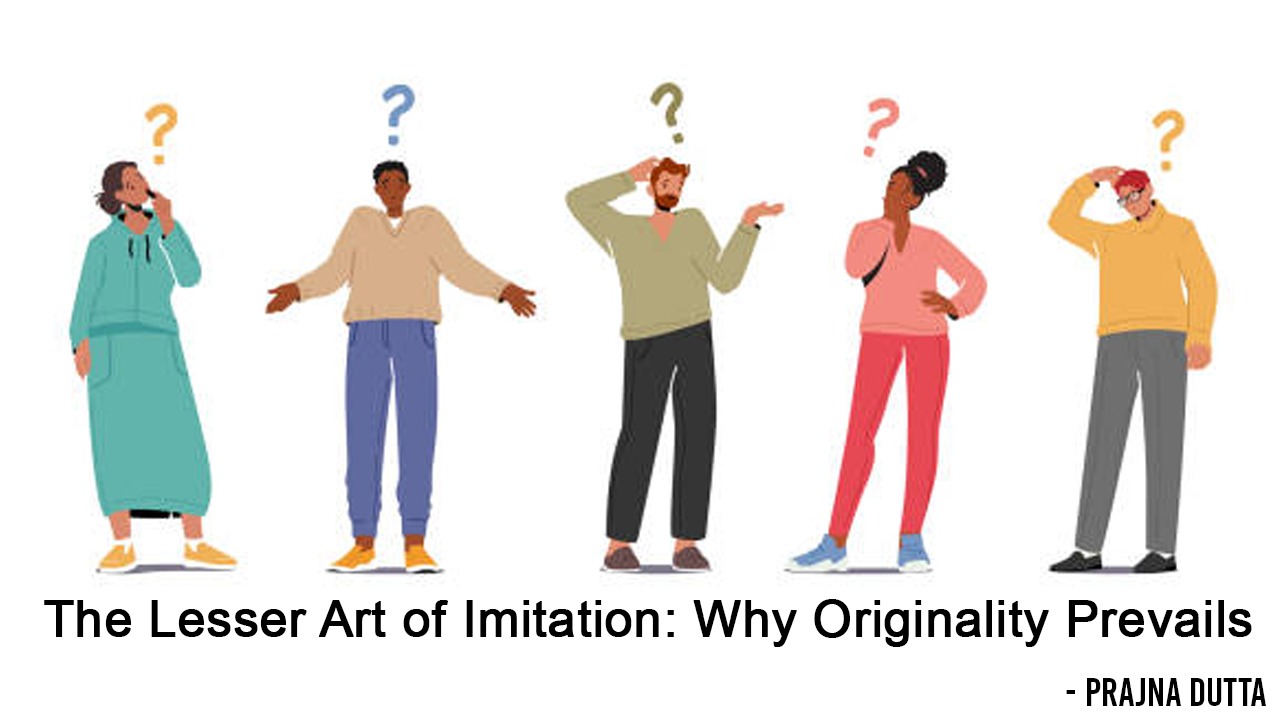Introduction:
Art is a reflection of human creativity, expression, and innovation. Throughout history, artists have sought to create unique and groundbreaking works that challenge societal norms and captivate audiences. However, amidst this pursuit of originality, there exists a lesser form of art: imitation. While imitation may have its merits in certain contexts, it falls short when compared to the power and impact of genuine creativity. In this article, we will explore why imitation is often considered a lesser art form and why originality prevails.
The Limitations of Imitation:
1. Lack of Authenticity: Imitation inherently lacks the authenticity that comes with genuine creativity. When an artist imitates the work of another, they are essentially replicating an existing idea or style without adding their unique perspective or personal touch. This lack of authenticity can make the imitated work feel derivative and uninspiring, leaving audiences longing for something new and exciting.
2. Stifling Innovation: The art world thrives on innovation and pushing boundaries. Artists who imitate are unlikely to break new ground or introduce fresh ideas. By adhering to established conventions, they limit their potential for growth and development. True artistic progress comes from originality, experimentation, and the willingness to take risks.
3. Reduced Emotional Impact: Art has the power to evoke emotions, challenge perspectives, and spark meaningful conversations. Imitation, however, often fails to elicit the same emotional response as an original work. The imitated piece may remind us of the original, but it lacks the depth and nuance that resonates with our souls. Immersion in the artist's unique vision and personal experiences is what truly moves us.
The Value of Originality:
1. Individuality and Authentic Expression: Original art celebrates individuality and the artist's unique perspective. By creating something new, artists have the opportunity to express their thoughts, emotions, and experiences in a way that resonates with others. The authenticity of originality allows for a deeper connection between the artist and the audience.
2. Pushing Boundaries and Challenging Norms: Original art has the power to challenge societal norms, provoke thought, and inspire change. Artists who dare to break away from the familiar pave the way for new artistic movements and cultural shifts. Originality encourages exploration, experimentation, and the constant evolution of artistic expression.
3. Lasting Legacy: Original works of art often leave a lasting impact on society and contribute to the artistic canon. From classical masterpieces to groundbreaking contemporary pieces, original art stands the test of time and continues to inspire generations. Imitative works, on the other hand, rarely achieve the same level of recognition or influence.
Conclusion:
While imitation may have its place as a learning tool or a form of homage, it cannot compare to the power and impact of genuine creativity. The art world thrives on originality, authenticity, and the ability to push boundaries. True artistic greatness lies in the ability to create something new, thought-provoking, and emotionally resonant. In a world filled with imitations, it is the original works that continue to captivate and leave a lasting legacy. Let us celebrate and embrace the artists who dare to be unique and forge their path in the realm of creative expression.

Comments